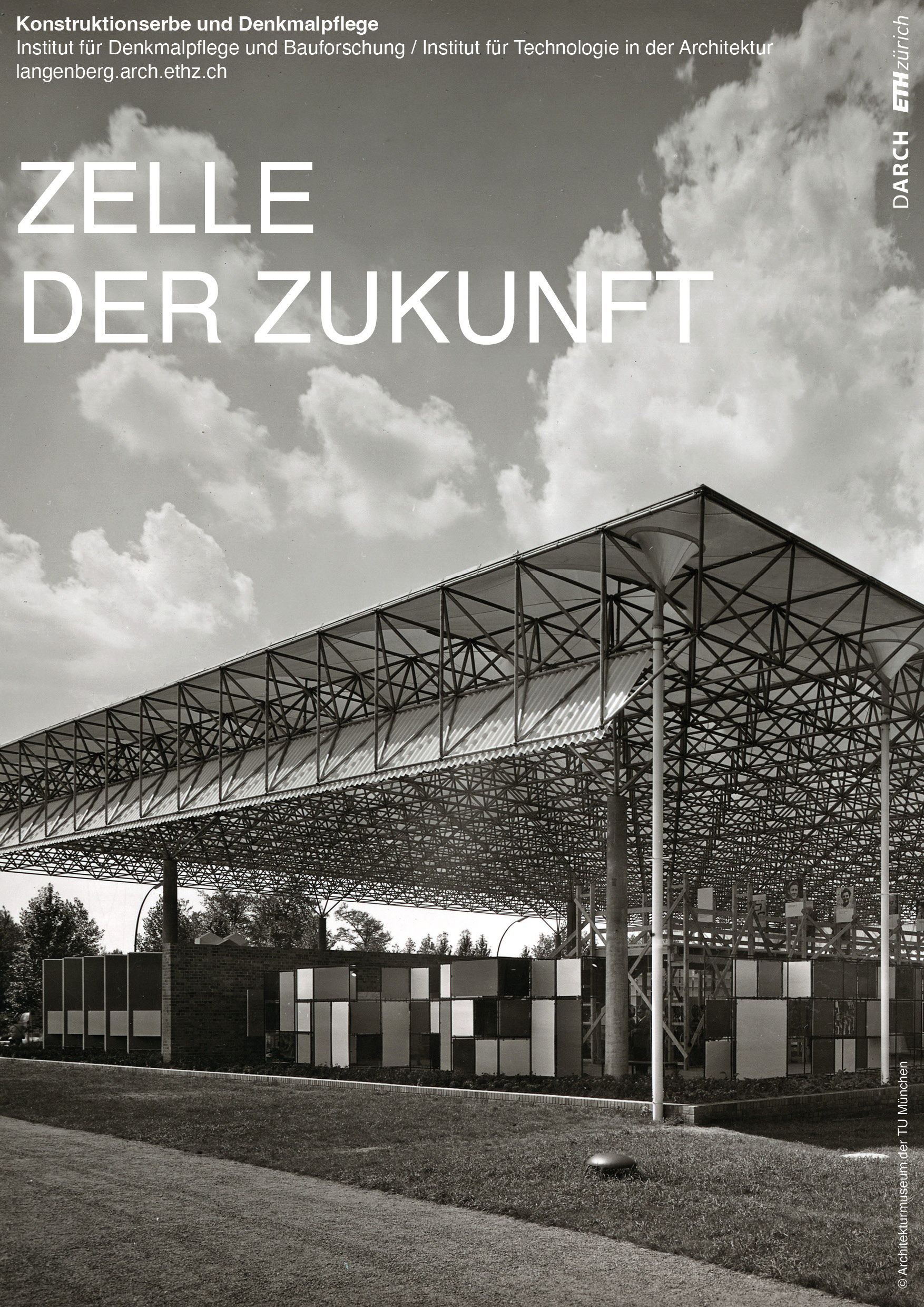
Contact: Dr. Regine Hess
The habilitation project funded by the German Research Foundation (DFG) aims to close the research gap in the history of the development of building exhibitions from historicism to postmodernism.
From the first German Building Exhibition in Dresden in 1900 to the Weissenhof Exhibition in 1927, the Interbau Berlin 57 and the IBA 87, building exhibitions became mass events that occupied ever larger areas of the city. In the project, the exhibitions are understood as curatorial practices that experiment with architectural, constructive and design strategies. With half a million visitors in Stuttgart in 1927, seven million at “Schaffendes Volk” in Düsseldorf in 1937 and 1.4 million in West Berlin in 1957, they offered a widely received forum for discussion and propaganda of current building methods and technical innovations. The hitherto little-noticed garden exhibitions such as the Reich Garden Show in Stuttgart in 1939 and the Federal Garden Show in Kassel in 1955 also provided models of urban landscape architecture for the redesign of cities after 1945. All these exhibitions are rooted in predecessor shows that formed in Germany in the shadow of the world exhibitions of the 19th century and transformed their curatorial concepts.
In the project, the exhibitions with their halls, villages and gardens are analysed not only as communication platforms of construction and the changing status of architecture and technology, but also as models of social orders and global relations.
The research project has three aims: To show how building exhibitions served to communicate innovations in building, housing and landscape architecture; to demonstrate how the exhibition organisers instrumentalised architecture as a means of recognising the “changed material, social and spiritual structure” and translated it into exhibition architecture in order to articulate the “struggle for new forms of life” (Ludwig Mies van der Rohe 1927). Finally, the change in socio-political structures is to be worked out, as it is shown in buildings, exhibits, concepts, displays and the actions of the actors. Since permanent and temporary parts of building exhibitions are considered, the study also provides an overview of their diverse heritage.
